As seen across the industry, pad printing and inkjet printing are among the top processes for printing on plastic. But plastic is more than meets the eye. Did you know that there are 7 listed different types of plastics, but the 7th option is miscellaneous plastics which includes hundreds of alternatives and different mixes? Since many plastics are sourced from outside vendors, understanding exactly which plastic you are printing on may pose a challenge but there are always solutions to these printing roadblocks.
Before we discuss the different processes for printing on plastic, it is important to note that although many companies may have their go-to combinations for plastic decorating, most will want to do adhesion testing anyway. We see this with silicone as well; where manufacturers mix one batch for one product one way and then mix a batch for the same product another way. This makes ink adhesion difficult because you have the same product, but it is comprised of different materials. This is why, to be safe, we always test plastic or silicone products coming in before we suggest a pre-treatment/ink combination.
Pad Printing on Plastic
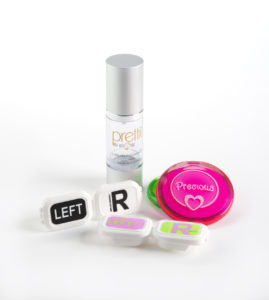
For those who are unfamiliar with pad printing, pad printing is the process of mixing a solvent-based pad printing ink with solvent, hardener, and other additives. This pad printing ink is specifically chosen for the substrate you are printing on. Inkcups carries 7 different pad printing inks for printing on plastics. The ink is added to an ink cup and placed on the pad printing machine. The pad printing machine essentially acts as a stamp, picking up the artwork from an etched plate or cliché with a printing pad and placing it onto the product. This process is very popular with companies who are looking to print on plastic using 1- to 6-color graphics.
Learn more about the basics of pad printing: Pad Printing the Inkcups Way
When it comes to pad printing on plastic, aside from ink, there are a few things to consider:
-
Pre-Treatment
- Most solvent-sensitive products will not need pre-treatment. That is because the solvent in the ink will alter the surface tension of the product, making it accepting of the pad printing ink to adhere to it. Those products that are not solvent sensitive (PP, Nylon, HDPE and other very hard plastics), will need to be pre-treated. In some cases, a chemical pre-treatment is plenty. A chemical pre-treatment is typically in the form of some type of wipe of the product to prepare its surface. Other types of pre-treatment for plastic includes flame and corona. If you are familiar with solvent-sensitive vs. non-solvent sensitive plastics, make sure to relay this information to your supplier when you are printing on plastic.
-
Drying
- While pre-treatment prepares the product for printing, a post-cure solidifies the bond. Whether by heat or air, a pad printed plastic product may need to be cured. Be sure to speak to your ink expert about the proper process for printing on plastic to uncover these details and help avoid costly mistakes.
See our line-up of pad printing machines
UV Inkjet Printing on Plastic
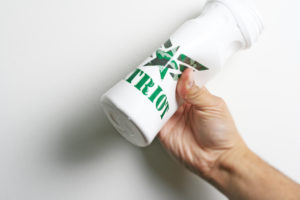
The same considerations apply to UV inkjet printing on plastic. UV inkjet printing is a direct-to-substrate process. The artwork is created and manipulated in a design software (Photoshop or Illustrator) and then sent to the printer to print. Here, a UV inkjet ink is jetted onto the plastic in the form of tiny droplets utilizing cyan, magenta, yellow and black ink to form the image that was created on the computer. As the name implies, the UV inkjet ink is then cured using the UV/LED light that is standard with all machines. Keep in mind that this is not a separate process, this all takes place in one machine.
When it comes to UV inkjet printing on plastic, you will also need:
-
Pre-Treatment
- With UV printing, an inkjet primer is needed for most plastics. Going further with pre-treatment will depend on your intended use. With drinkware, if the product is a high-quality gift which will be washed often, you may want to pair your primer wipe with an additional pre-treatment step such as flame, corona or plasma treatment. If the product is a simple promotional product, a primer wipe will satisfy the needs of that use. This game changes for flat items. Since most inkjet printed flat items will not go into the dishwasher, a primer wipe may only be needed. There are some plastics that may not need pre-treatment at all due to a specialty UV ink used. For example, our T2 UV ink for Tritan Plastic is a specialized ink for printing on Tritan plastic. This ink was formulated specifically to adhere to this popular plastic without pre-treatment.
-
Post Curing
- As mentioned above, the final cure takes place within the machine so an additional machine for curing is not needed.
See our line-up of UV Inkjet printers
All in all, the decision to choose one method over the other depends on what your desired outcome is. Both processes may need to utilize a pre-treatment method to prep the surface to accept ink. While UV inkjet printing incorporates the post-curing, pad printing on plastics may require drying (either air or heat). If either choice will work for you, it is important to first send your product to the machine supplier to test to see which method is feasible. Sometimes, since there can be so much variance when printing on plastic, one method may not work as well as the other.
Inkcups has close to 20 years working with different plastics. Our application specialists have expert knowledge in the right combination of inks and pre-treatment but always test to be sure.
Contact us to get started printing on plastic
 Tagless Printers
Tagless Printers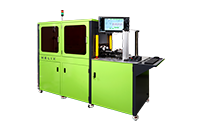 Cylindrical Inkjet Printers
Cylindrical Inkjet Printers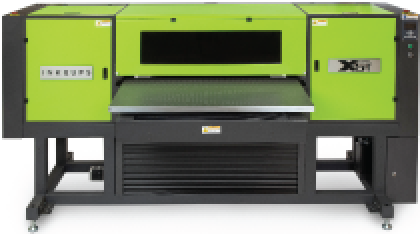 UV Flatbed Printers
UV Flatbed Printers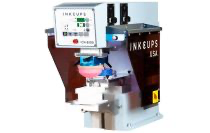 Pad Printing Machines
Pad Printing Machines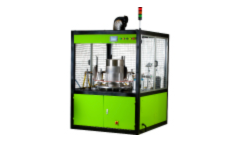 Pretreatment Systems
Pretreatment Systems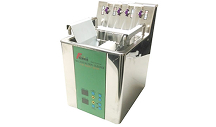 Inkjet Printing Auxiliary
Inkjet Printing Auxiliary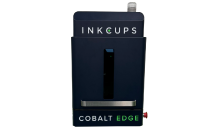 Laser Plate-Makers
Laser Plate-Makers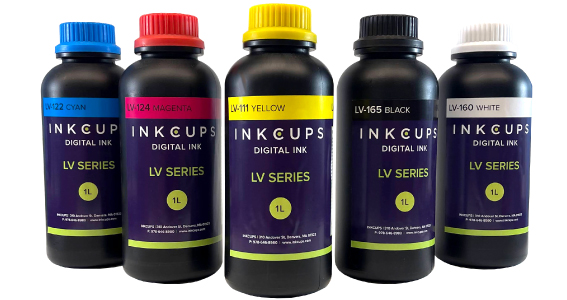 Inkjet Printing Supplies
Inkjet Printing Supplies Pad Printing Supplies
Pad Printing Supplies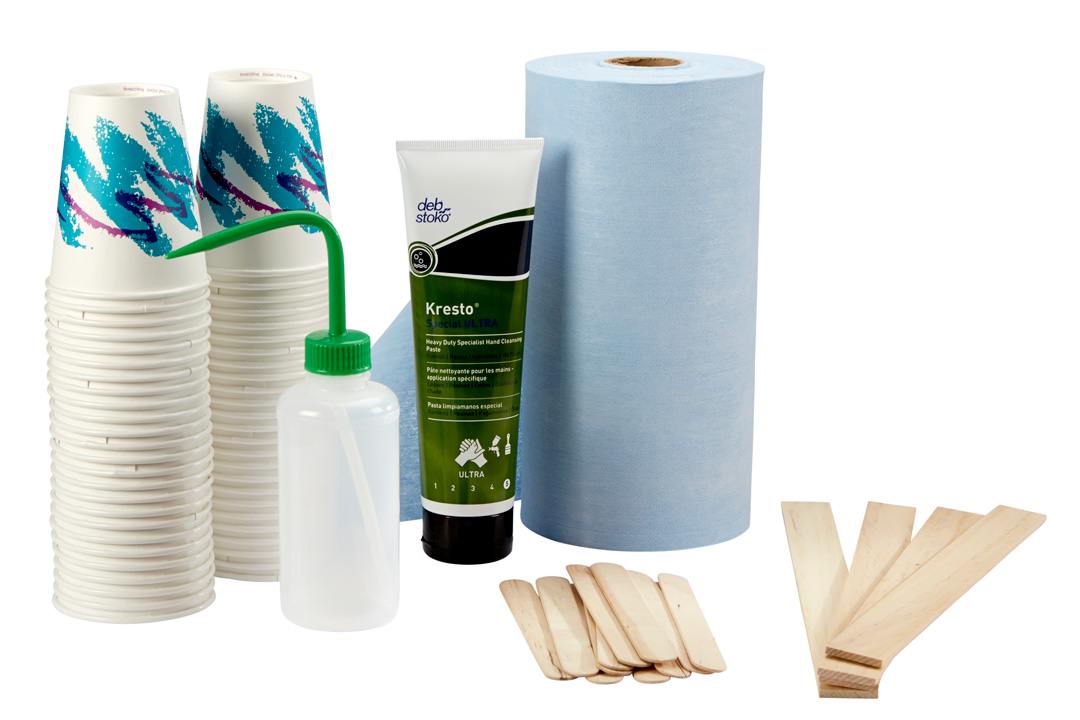 Tagless Supplies (tagless.inkcups.com)
Tagless Supplies (tagless.inkcups.com)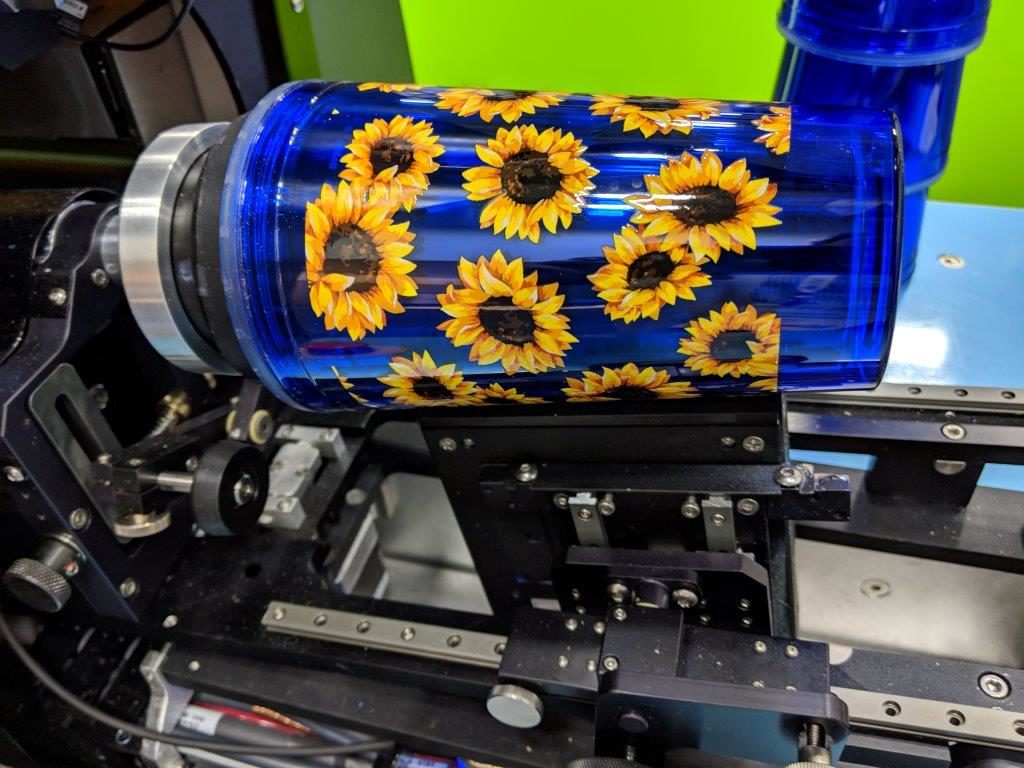


Add Your Comment